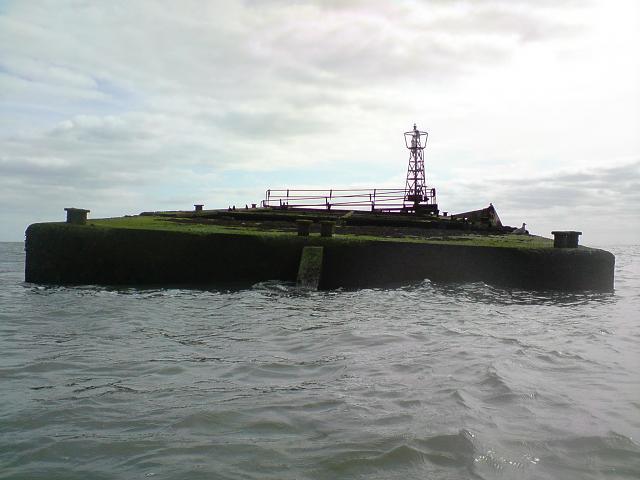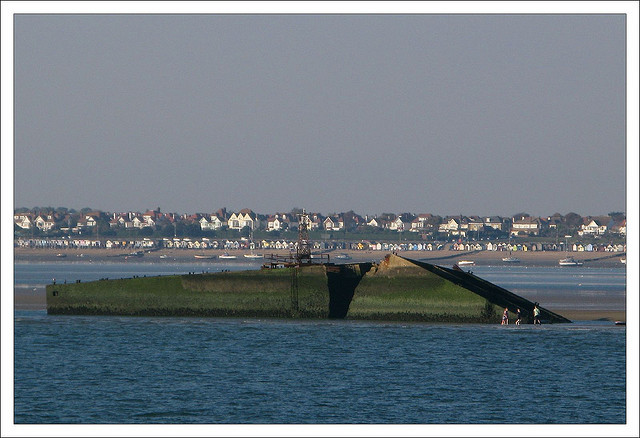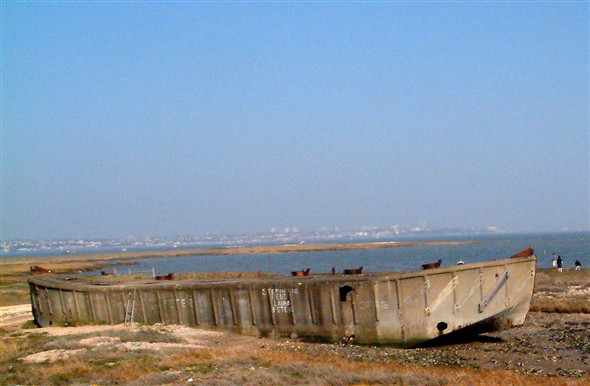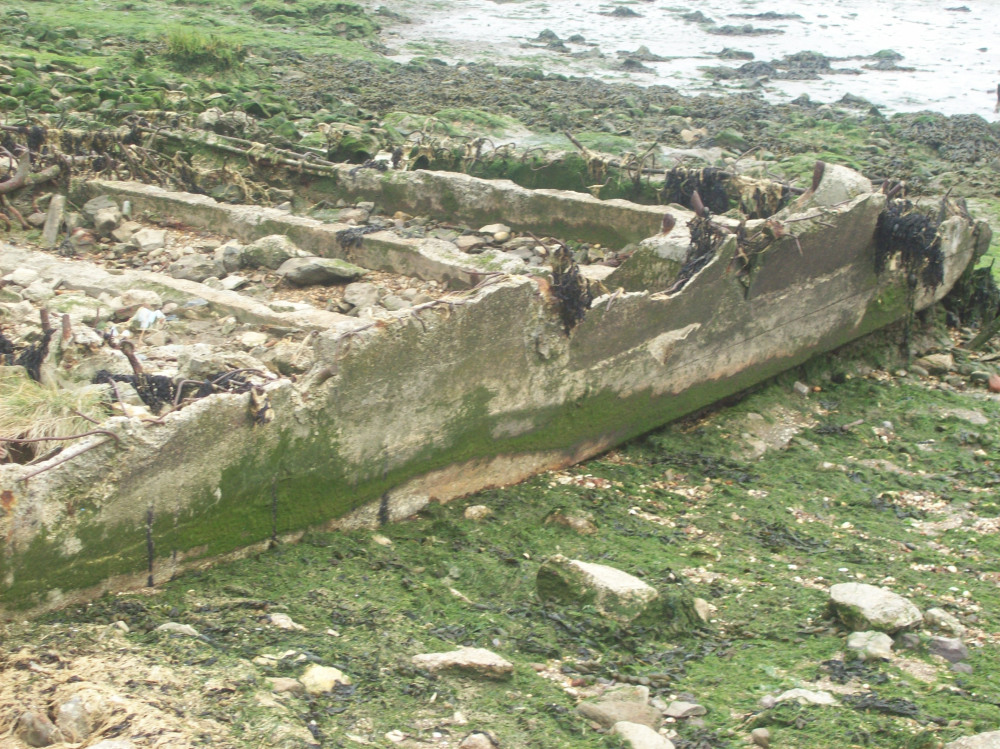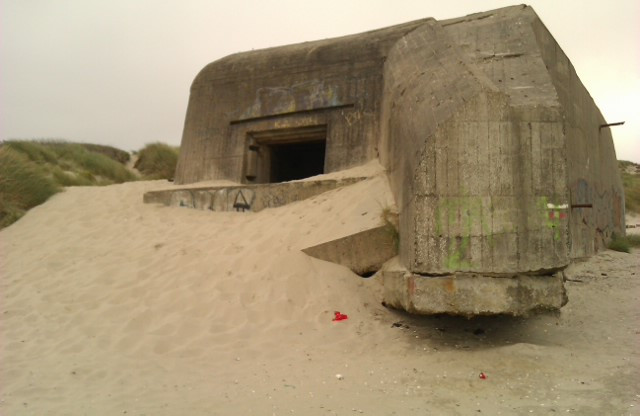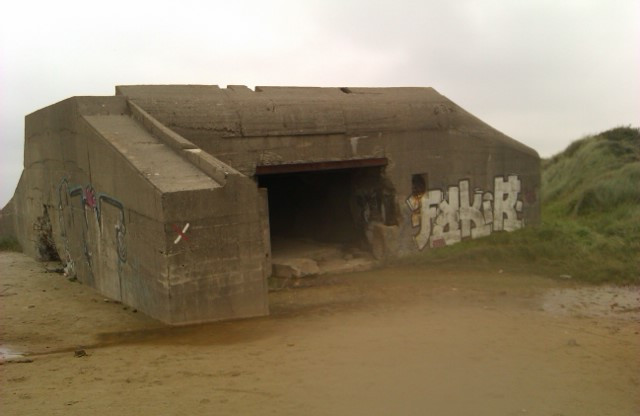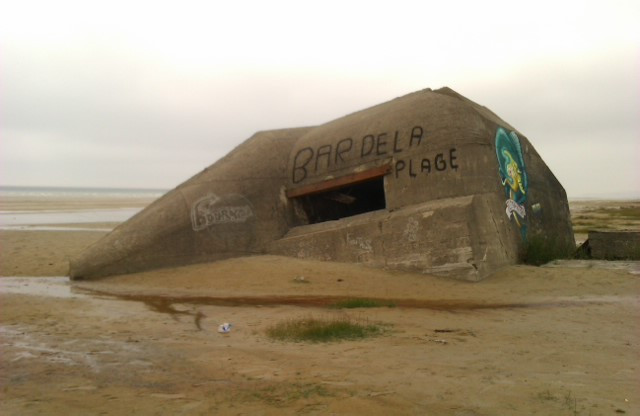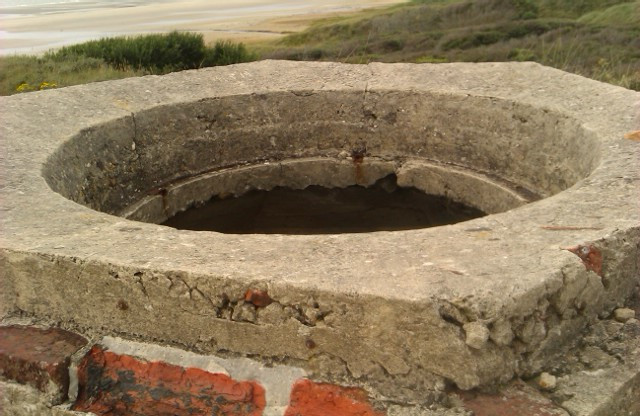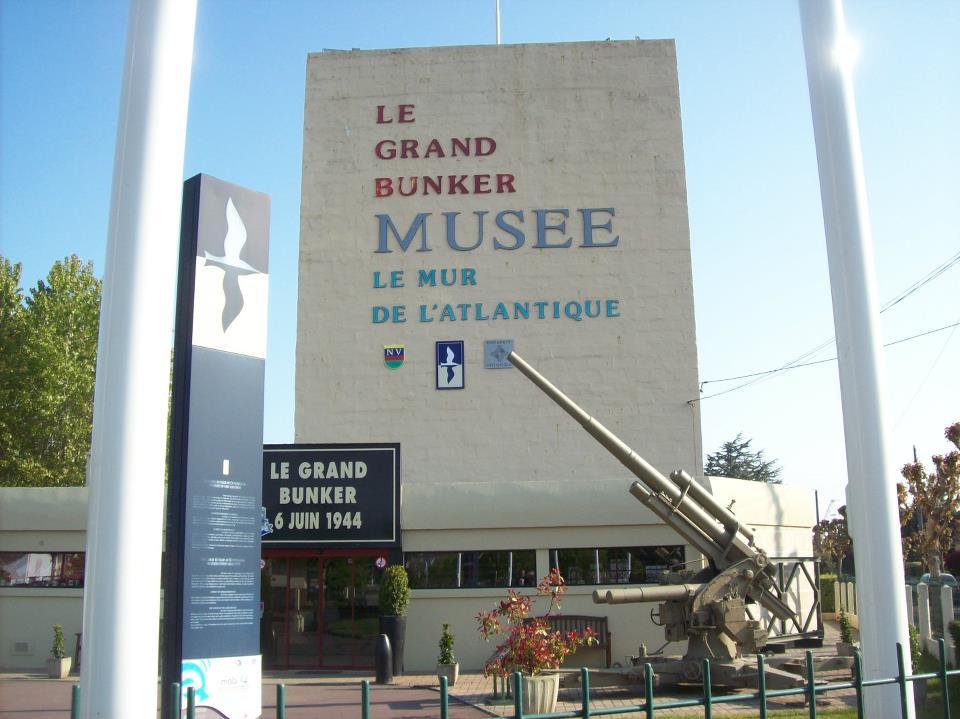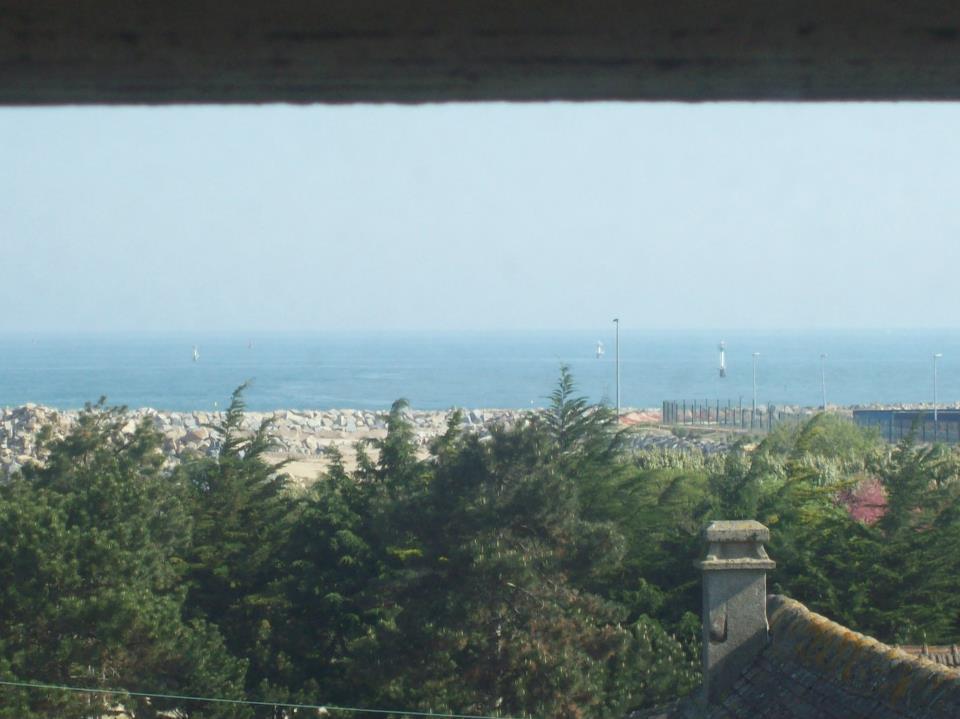June the 6th 1944, shortly after midnight, 24,000 British, US, and Canadian, airborne troops landed in the region of France that the amphibious assault would capture around 6:30 in the morning that day. Allied troops began landed on the 50-mile stretch of perilous beaches of Nazi-occupied Normandy in order to push back the short-lived Nazi German empire Hitler was rapidly loosing. This happened today exactly 70 years ago. Whilst times and technology have since far surpassed that of wartime Britain, the Second World War is still well within living memory of the members of our community and immediate environment today. It is far too easy to dismiss it as history.
What local connections do we have to D-Day then?
There are two remains locally which hark back to the Allied assault on Normandy. Off the Southend/Shoebury shores lies a wrecked Mulberry Harbour – a floating concrete platform used in great numbers by the allies as supply points in the English channel (pictured top). One of the floats off of the Mulberry Harbours, ‘ferro-concrete barges’, was moored up near Canvey point for many decades, and became a legendary playground for kids, until it was sneakily demolished in the 2003 (pictured bottom).
The D-Day Beaches Today
Many of the D-Day beaches are littered with remnants from Hitler’s ‘Atlantic Wall’ (his coastal defence line against invasion via France) which defended German territory from the Allies in D-Day. Only part of this came to use, as Hitler did not know what part of his European coastline would be invaded.
In August 2012 I visited Le Touquet, on holiday in Northern France, a coastal town, which happened to still hold bunkers remaining from the Atlantic Wall on the beach, much to my delight. Below are some images of such bunkers whose designs would probably have been common across the sections of coastline invaded in D-Day. It’s good to cover some historic remains abroad for a change!
I also visited, in 2011, Sword Beach, a more heavily defended British beach (with the American Omaha beach being far heavier). This was an actual D-day beach, although many remains of the Atlantic Wall here had been since removed. It was on the town of Ouistreham, the name ‘Sword’ merely being a code-name given by the Allies. There was however a very large bunker – ‘The Grand Bunker’, open as a restored museum, which was in fact very good. I will try and find some of the other structural photographs I got of the building at a later date, but for now here is a few:

